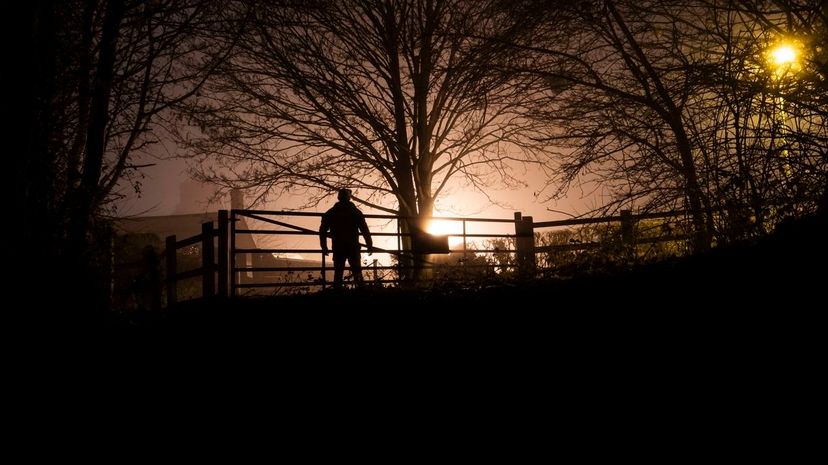
About This Quiz
A movie made way back in 1896 called "Le Manoir de Diable" is often considered the very first horror movie ever made. That means the genre has been going strong for well over a century. People just love to be scared, and film is an incredible way to bring terror to life. There have been so many iconic horror films over the years, and many become memorable because of the villain. Of course, a horror story needs a hero, but more than any other genre, it's the villain who sticks with us and who we want to see again and again. Are the villains the stars of any other genre of story that you can think of? Almost never. And even when a villain does because the main character, they don't get franchises built around them. That only happens in horror, and that's the way it should be.
If you think you know horror, like really, really know horror, then maybe you can identify all the horror villains we've assembled here. Some of them may be pretty easy, but to name all 40 of them is going to take a hardcore horror expert. Think you can do it? There's only one way to find out!
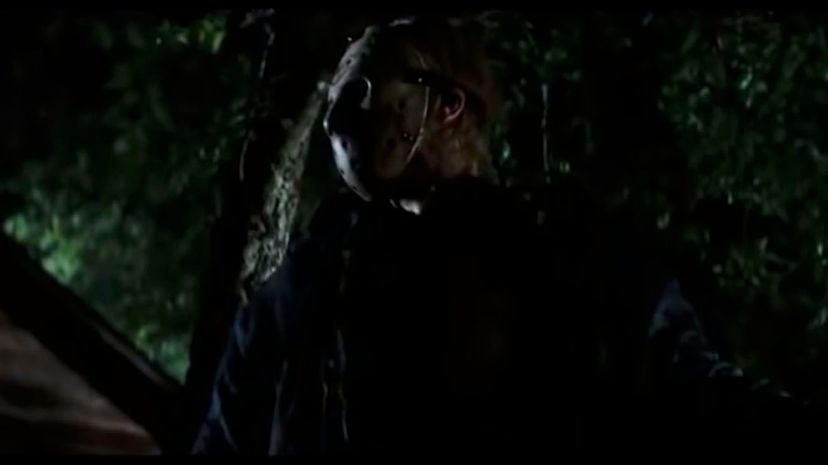
Jason Voorhees is the hockey-masked killer who typically stalks his prey at Crystal Lake where he first died as a child when counselors were too busy to watch him in the lake. The killer in the first movie isn't even Jason (spoiler!), and he doesn't get the hockey mask until part 3.
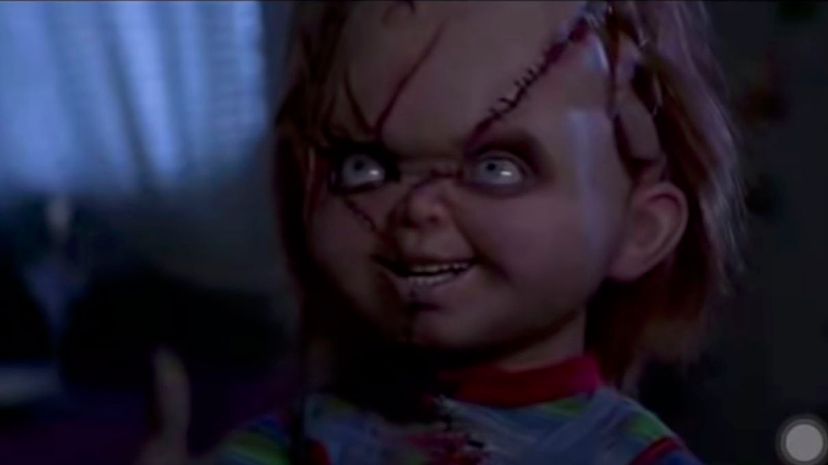
Chucky, the evil doll from "Child's Play," is possessed by the spirit of a killer who transferred his soul into the doll to escape justice and keep up his killing streak. Over the years, the character sort of became a comedy-horror icon and even got a remake while the original series was still in production, if that makes any sense to you.
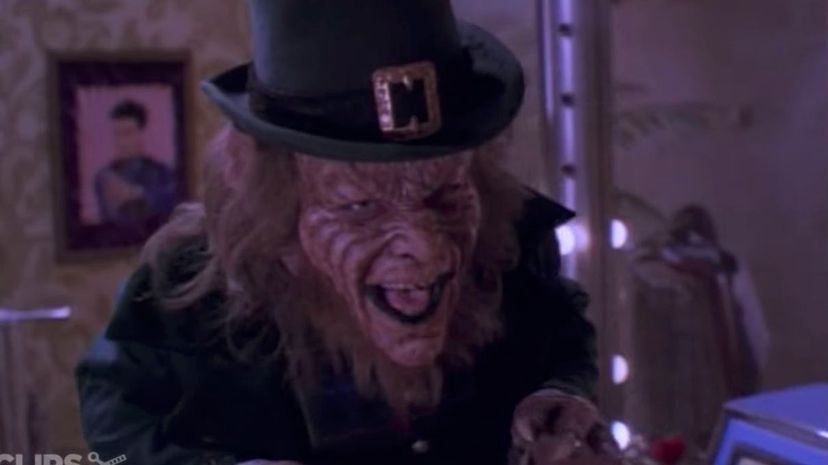
This leprechaun isn't the fun one who makes marshmallow cereal at all. There have actually been three different actors playing the role of the leprechaun in films so far, but the role was made famous by Warwick Davis.
Advertisement
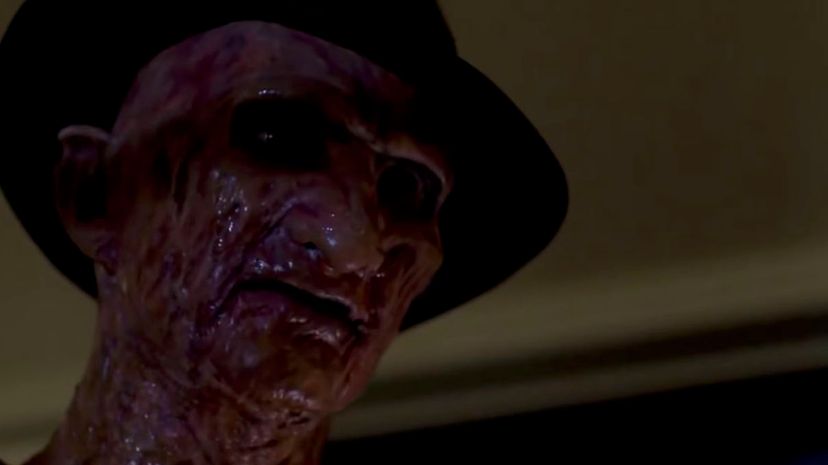
Freddy Krueger is the killer who can get you in your dreams, which seems like an unfair advantage to have, all things considered. He was very loosely inspired by a true story when Wes Craven read a news article about people dying in their sleep and wondered about a monster that could invade your dreams.
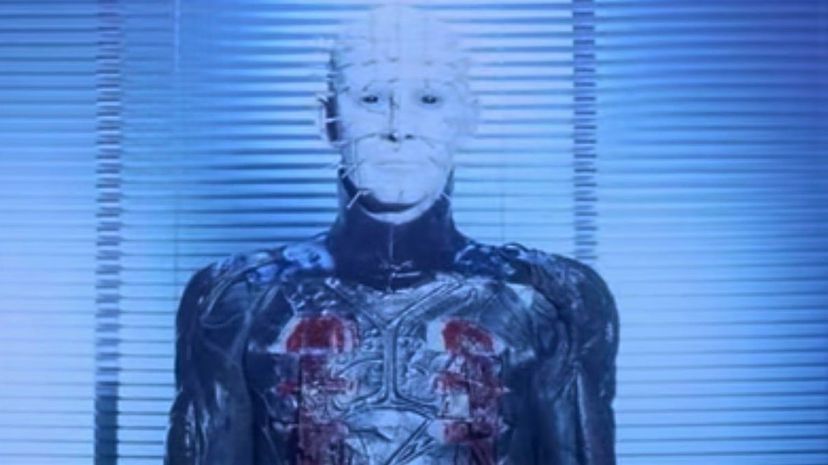
Pinhead is the lead cenobite brought forth when someone tries to solve the puzzle box known as the Lament Configuration. Though he's mostly just considered a demon thanks to the movies being called "Hellraiser," in the original story, Pinhead and the Cenobites weren't necessarily demons; they were beings who had transcended mortal existence.
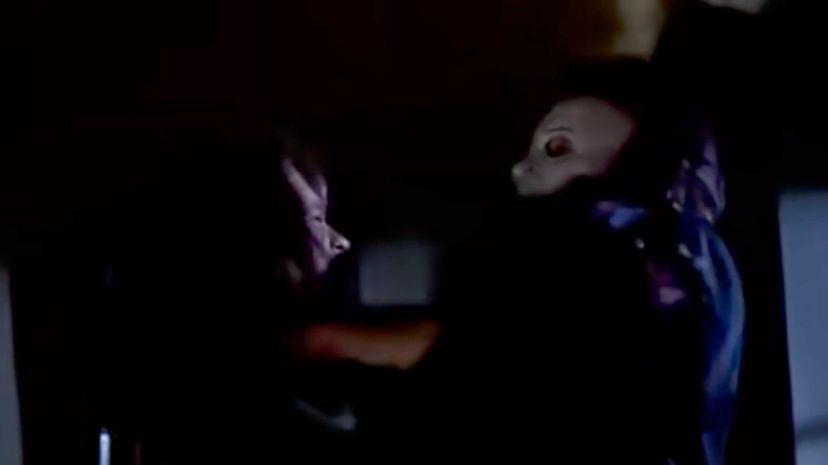
Michael Meyers is the silent stalker of the "Halloween" franchise who shows up in his mysterious white mask to stab whoever gets in his way. In the original film, the producers needed a mask in a pinch, so they used a William Shatner mask from a local store and painted it white.
Advertisement
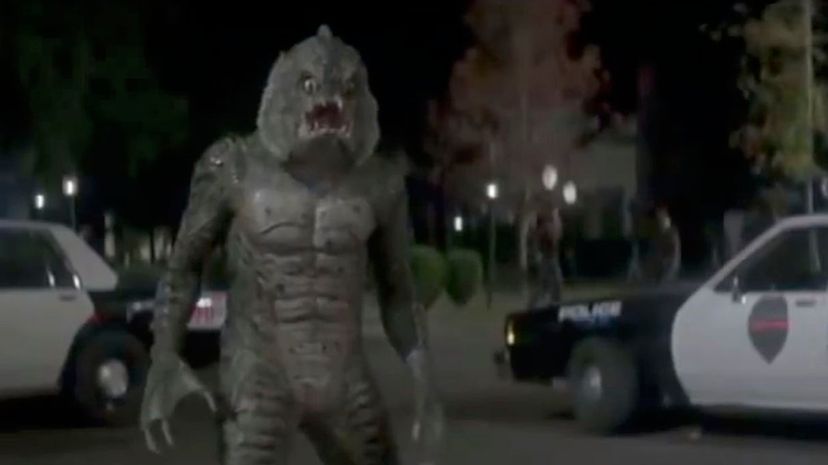
"The Creature from the Black Lagoon's" Gill Man is one of those iconic old-school horror characters, alongside Dracula and the Wolfman. It's also the inspiration for a lot of the work of Guillermo Del Toro, which you can see in his Abe Sapien from "Hellboy" as well as the merman in "The Shape of Water."
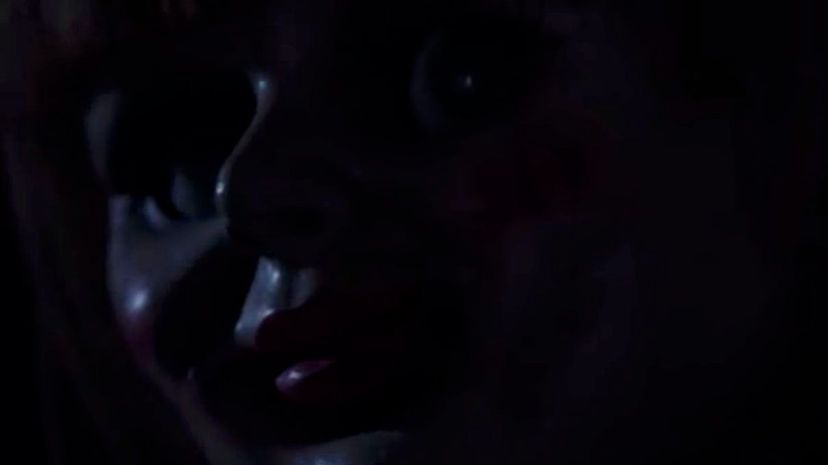
Annabelle comes from the movie of the same name and first appeared in"The Conjuring." She's also showed up in several sequels and has the distinction of being one of the few horror villains in the world who's actually real. Not saying there's a real doll that's evil out there, but the real-life Warrens do have a doll that they claim was evil, and that inspired the movies.
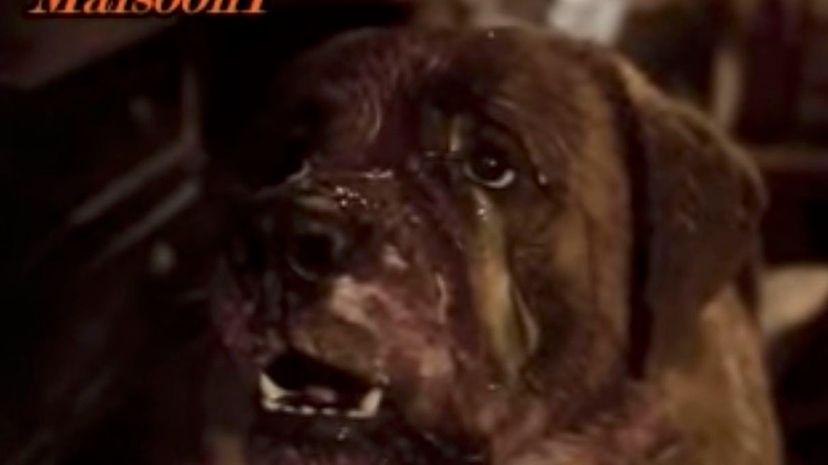
From the Stephen King story of the same name, Cujo was a big, burly St.Bernard. The most amazing thing is that, during the movie, they used four St. Bernards, some mechanical dogs and one other dog that they put in a St. Bernard costume.
Advertisement
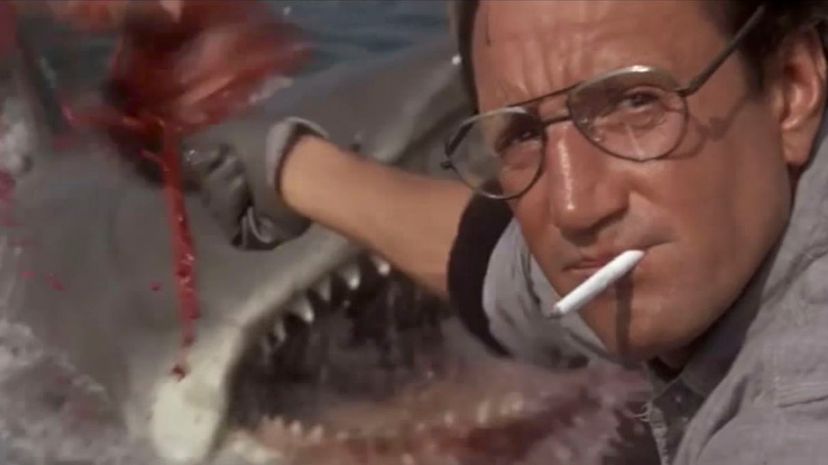
The movie "Jaws" is credited with making a generation of people fearful of the open water and extremely afraid of sharks. That's impressive, since the shark doesn't even show up in the movie until about 80 minutes in.
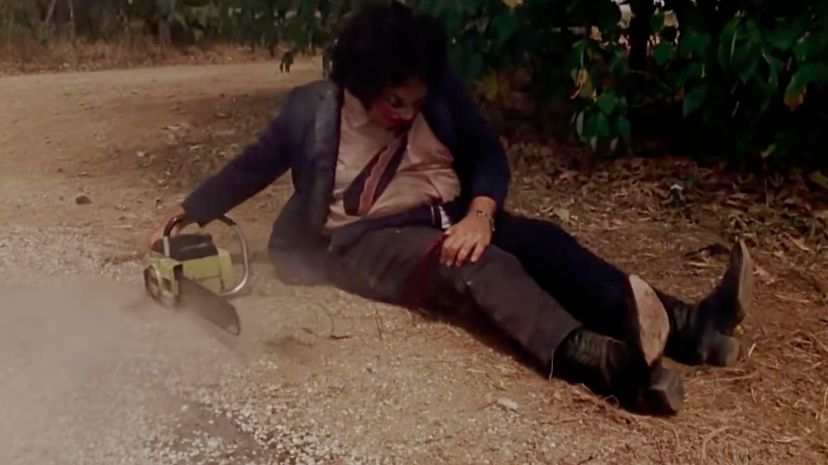
Leatherface from "Texas Chainsaw Massacre" was pretty much a lunatic from a family of cannibals. The mask that gives him his name is only technically leather, since it's supposed to be made from the skin of his victims. Fun fact, that was inspired by real-life monster Ed Gein.
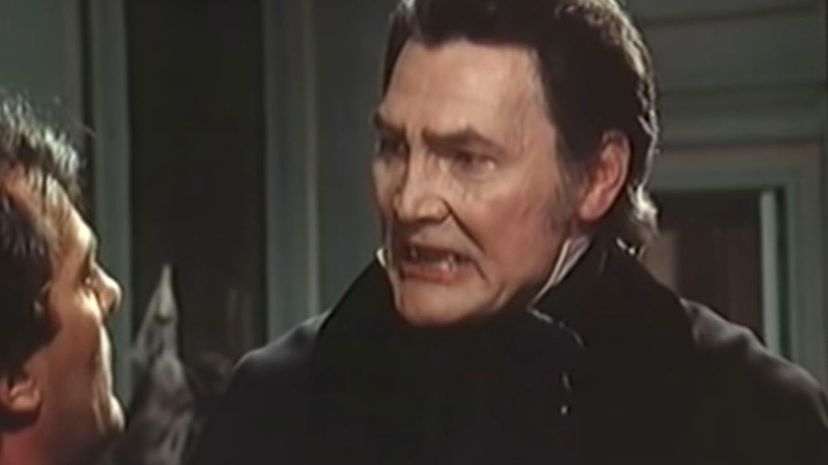
The famous Count Dracula has been in so many movies played by so many actors, it's likely no one has seen them all. Movies about the character date all the way back to the 1920s, and new films are still being made today.
Advertisement
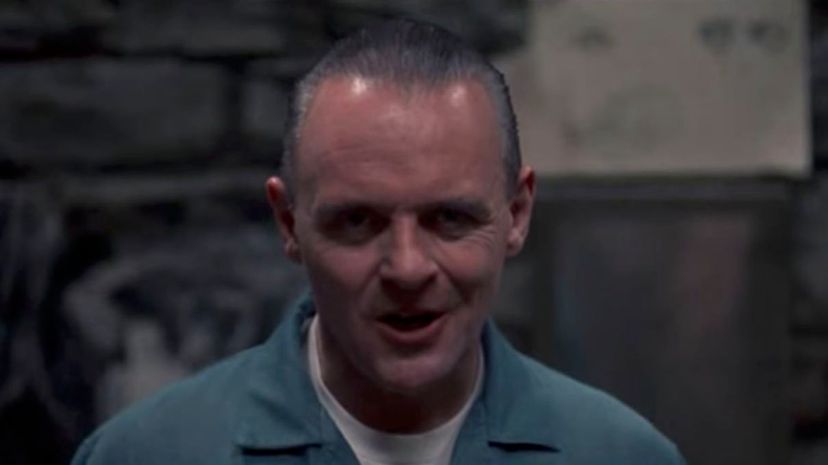
Most people met Hannibal Lecter for the first time in "The Silence of the Lambs," in which he's very creepily played by Anthony Hopkins. This wasn't Lecter's first appearance on screen though. The 1986 movie Manhunter, based on the book "Red Dragon," featured Lecter played by actor Brian Cox. Since the films, a TV show aired which featured Mads Mikkelsen in the iconic role of Dr. Lecter.
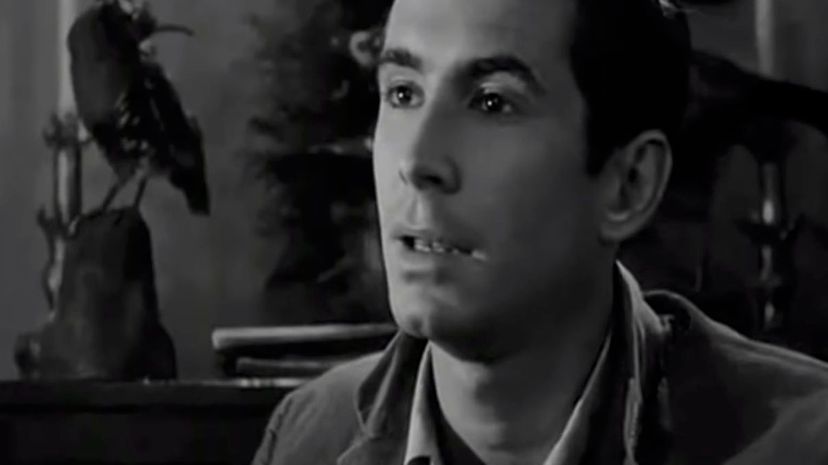
Norman Bates runs the Bates Motel in the movie "Psycho" and, as the name suggests, is a bit of a psycho. The movie has the distinction of being the first American film to feature a toilet. Fun!

Pennywise the Dancing Clown is one manifestation of the creature from Stephen King's "IT." The creature takes many forms over the course of the story to terrify its victims and seems to be just a gross alien spider at the end of it all.
Advertisement
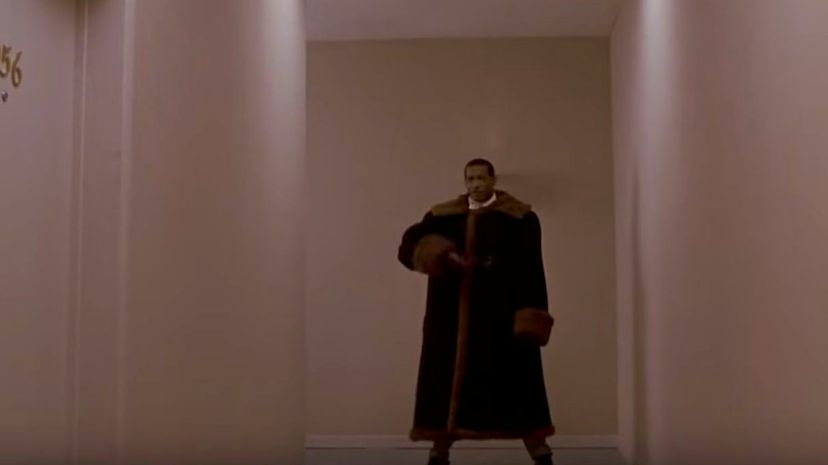
Rumor has it that Tony Todd, who plays the Candyman, wasn't the first choice for the role and for a time Eddie Murphy was in the running for it. There's not a ton of details about how and why he was considered and why he never got the role but his height-Murphy's 8 inches shorter than Tony Todd-may have been a factor.
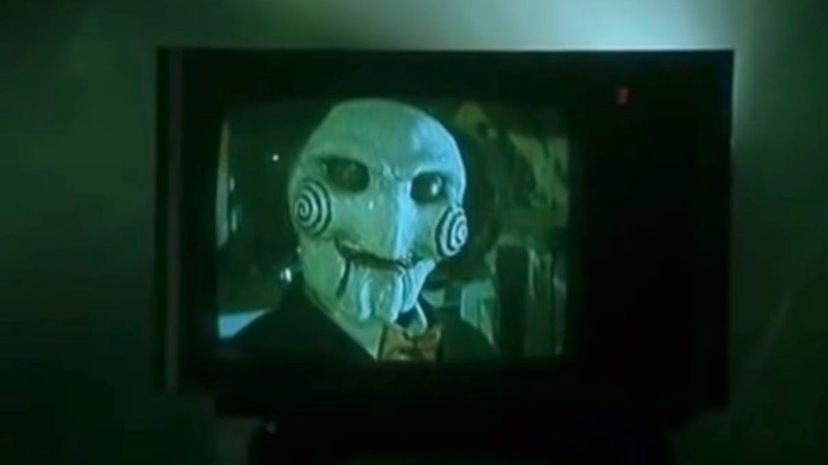
Jigsaw, the villain of the "Saw" franchise, has become one of the most iconic horror villains of modern cinema. The movies have been an incredible success as well. The first movie was filmed in only 18 days and cut corners by doing things like using actual pig guts for some of the gutting scenes.
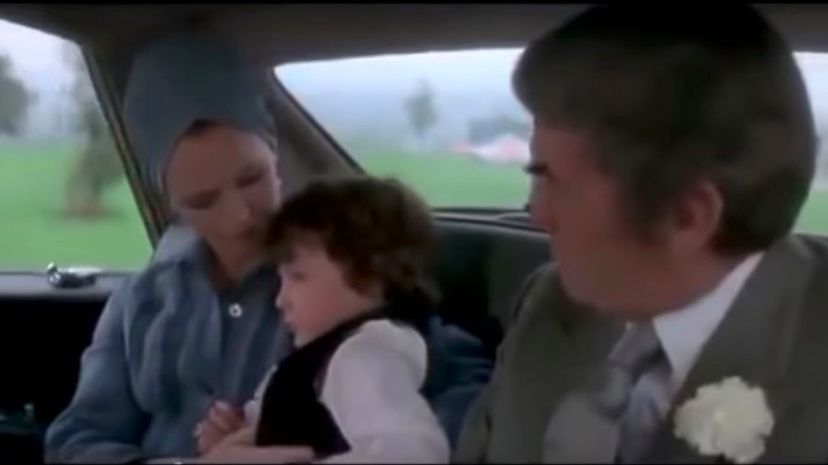
Damien is the boy (later a man) from "The Omen" films. His claim to fame? The kid is the Anti-Christ and bad things keep happening around him. The original title of the film was going to be "The Antichrist" and then later "The Birthmark." Good thing they changed that last one.
Advertisement
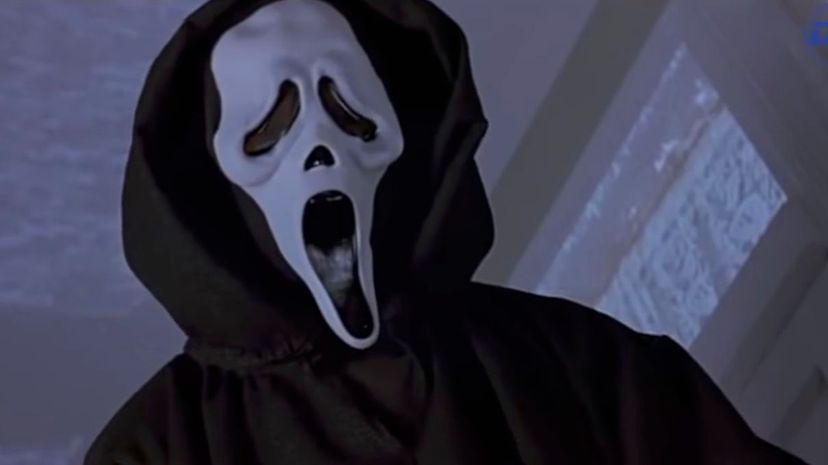
Ghostface is the name for the various killers in the "Scream" franchise, of which there were several. The original title of the movie was "Scary Movie," which later became the title of a movie that actually parodied "Scream." Weird.
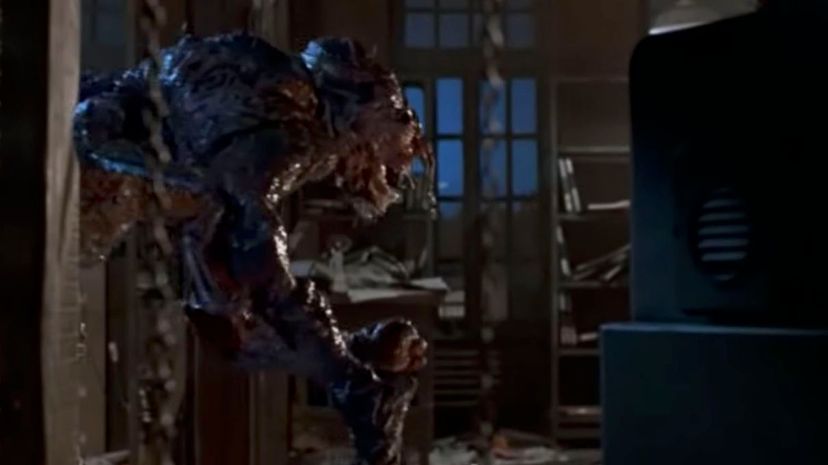
There's something very tragic about "The Fly" and the story of its hero/villain who was trying to make a scientific discovery to better the world and accidentally turned himself into a monster in the process. It's an excellent example of a horror sub-genre called "body horror," which includes elements of horrible and uncontrollable changes to the human body.
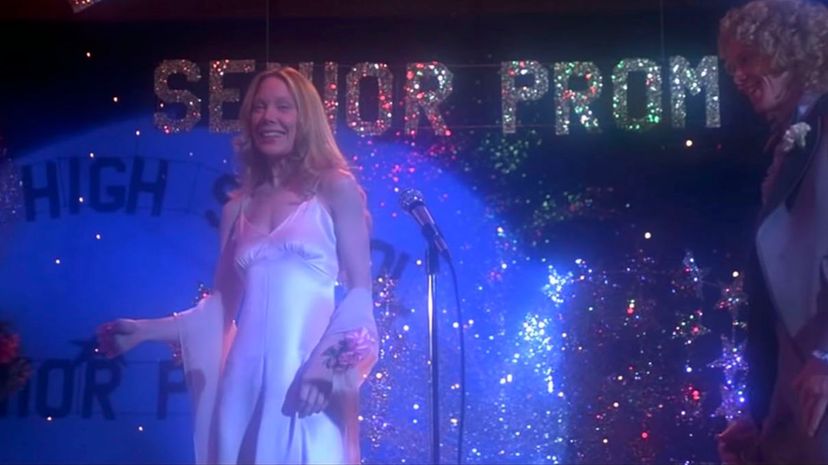
In "Carrie," Carrie White is actually a very sympathetic character for almost the entire story, and her mother and the school bullies come off more like villains. That said, by the end of the movie, she takes it a little too far and definitely makes herself a little more villainous than anyone else.
Advertisement

"The Thing" was actually a remake of a '50s horror movie called "The Thing From Another World." In that version, thanks to special effects limitations and much tamer '50s sensibilities, the monster was less of a shape-shifting nightmare and more of a weird-looking dude.
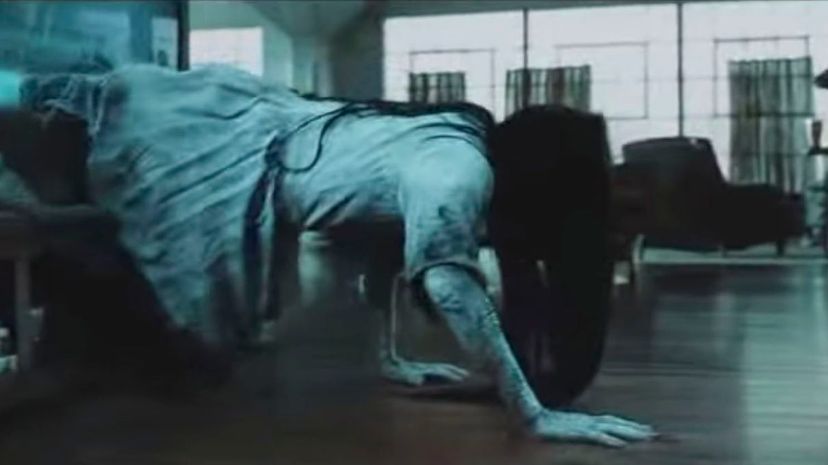
Samara is the villain of "The Ring," or at least the American remakes. In Japan, where the film was originally made, the character's name was Sadako. In both movies, she has a bad habit of crawling out of TVs to kill people.
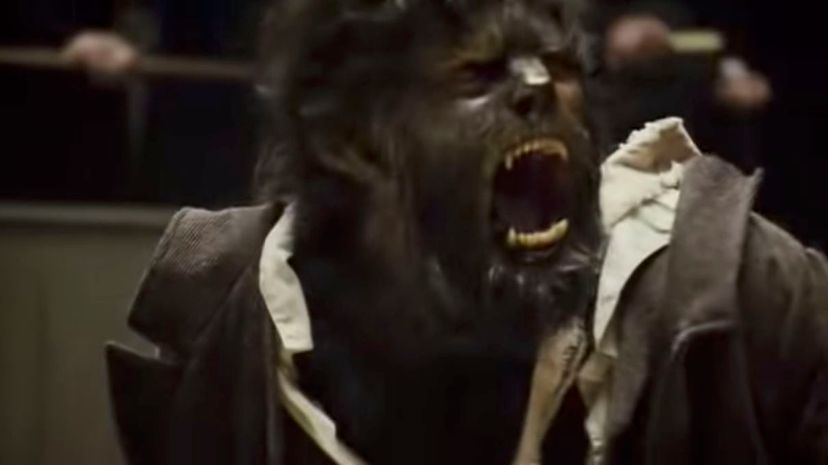
One of the most classic monsters of all, the Wolfman has been a recurring theme in horror for ages. On set, the film's female lead, Evelyn Ankers, nearly died thanks to the toxic fumes from the fog machine that caused her to pass out during one scene.
Advertisement
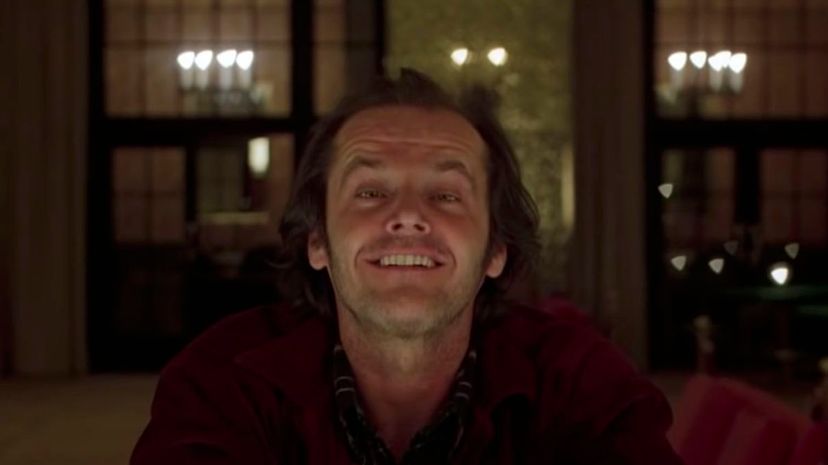
"The Shining"'s Jack Torrance is one of the top villains in all of horror thanks to a manic performance by Jack Nicholson. Word is the set was more of a nightmare than the final movie, as director Stanley Kubrick effectively tortured Nicholson's co-star Shelley DuVall.

No one refers to the monster in "Cloverfield" as Clover, but that did become the unofficial name for the giant thing that utterly destroys New York City. There's an iconic scene in the film where the State of Liberty's head lands in the street. Fun fact: The fake head is actually much larger than the real Statue of Liberty's head, since most people assume it's larger than it is and responded with disbelief when the movie tested a normal-sized head.
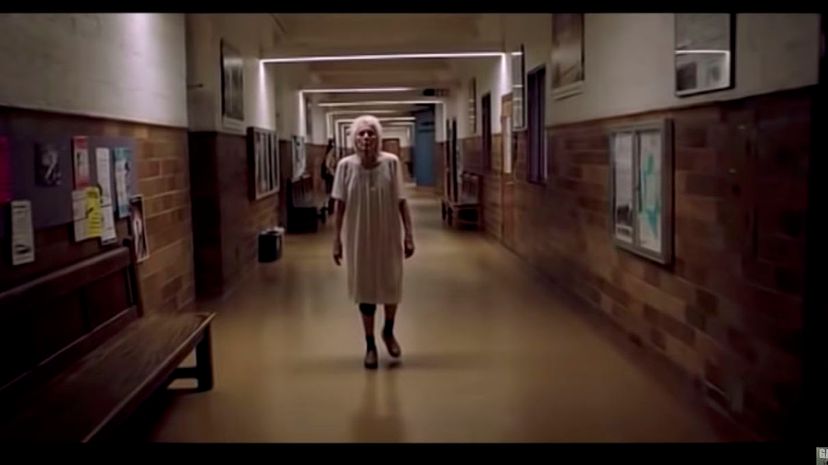
You could arguably call the monster in this movie "It," but that risks confusing it with the other movie called "IT." In any event, the monster in "It Follows" manages to avoid being killed by the film's protagonists very much on purpose; the filmmakers wanted the plan to stop the monster to be foolish and a failure, because why would anyone know how to kill that thing?
Advertisement
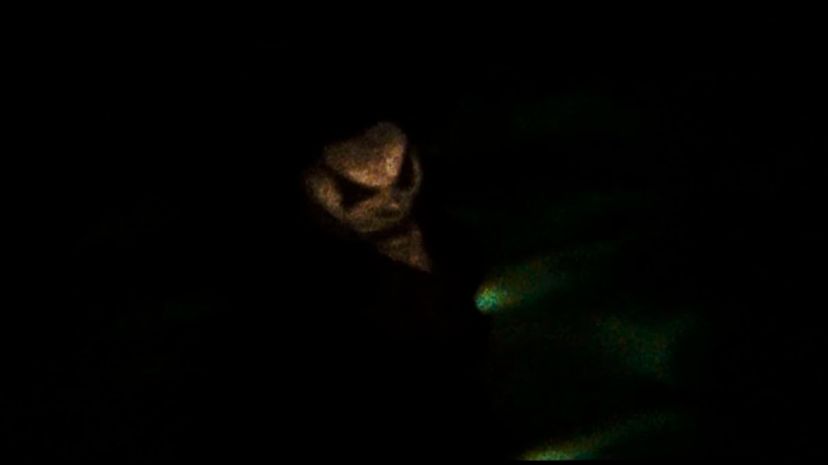
Bughuul is the Boogeyman in the "Sinister" movies and has a thing for killing families and kids. The story was actually inspired by the movie "The Ring" and a nightmare the writer had after watching that movie.
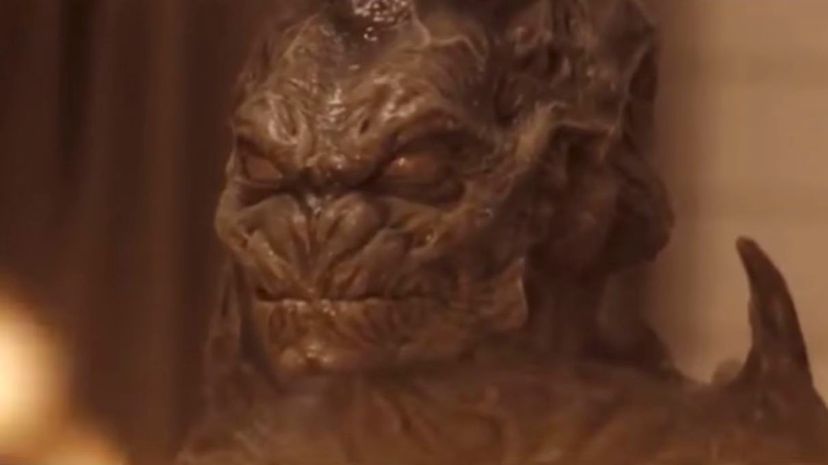
There have been four "Pumpkinhead" movies released, although the last two were SyFy movies. When the original film was produced, they actually called it "Vengeance: The Demon," which was, all things being equal, a terribly boring name.
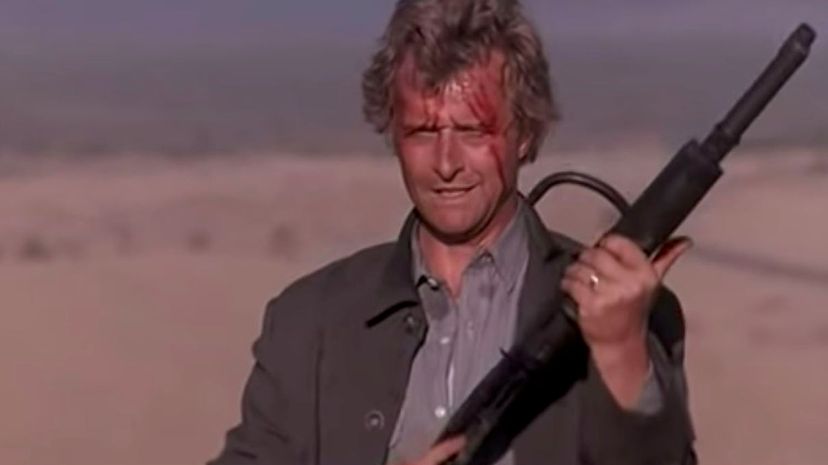
John Ryder is what Rutger Hauer's character in "The Hitcher" called himself, although the police later say they can't find any information on who he is, so the name could very well be fake. During filmed, Hauer actually knocked out one of his own teeth with a shotgun.
Advertisement

Count Orlok was the very creepy vampire featured in the silent horror film "Nosferatu." The actor who played him, Max Schreck, has since become something of a cult figure thanks in part to the movie "Shadow of the Vampire," which presented the idea that Schreck, in real life, was an actual vampire.
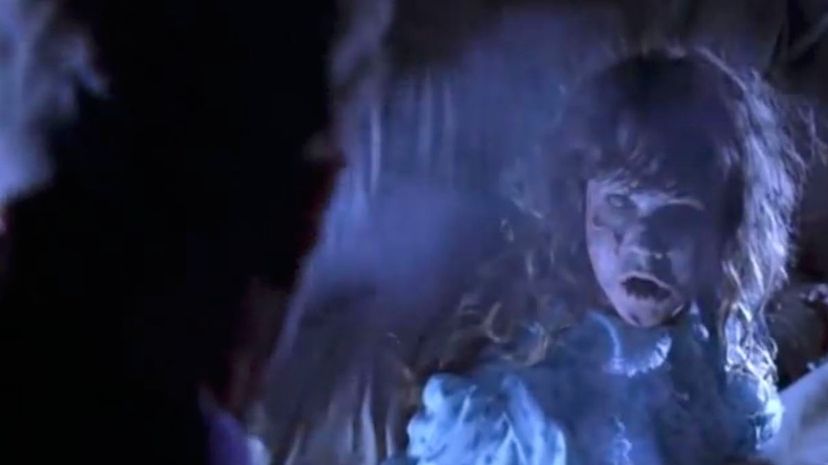
Pazuzu is the name of the demon possessing the little girl in "The Exorcist." You only get to see the demon itself for a few seconds of screen time when it appears as a creepy white face. The actor they used for the role was Eileen Dietz, most famous for being a recurring star in numerous daytime soap operas and horror movies.
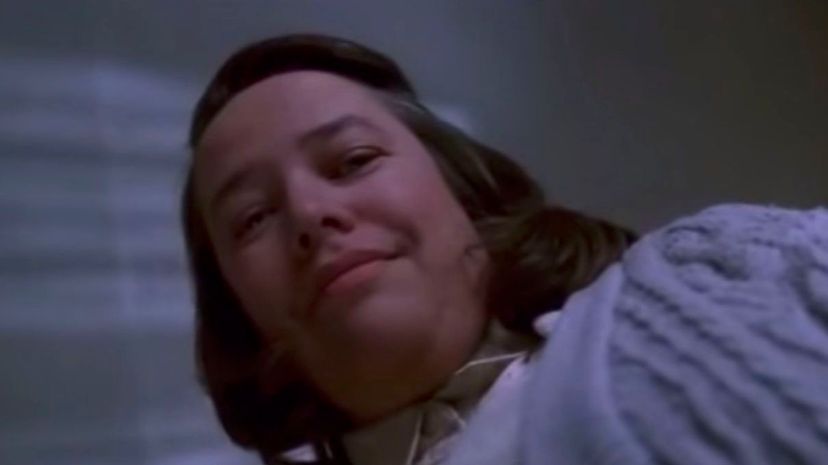
Annie Wilkes is the villain from Stephen King's "Misery." Even though Kathy Bates did an amazing job in the role, it was offered to Bette Midler first. She turned down the role because she thought it was too violent, a decision she later said she regretted.
Advertisement
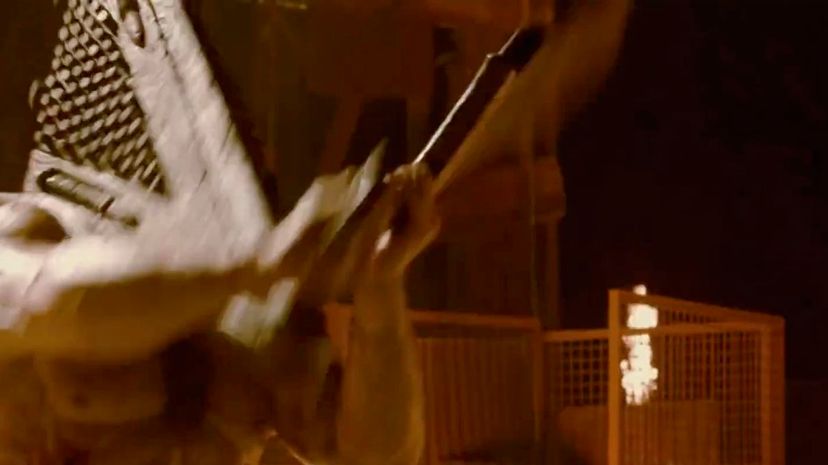
Pyramid Head comes from the "Silent Hill" series of games and made his way to the "Silent Hill" movie as well, where he drags around the biggest sword you've ever seen. You never see his face because the character's designer wanted it that way. It's just cooler to have a mystery sometimes.
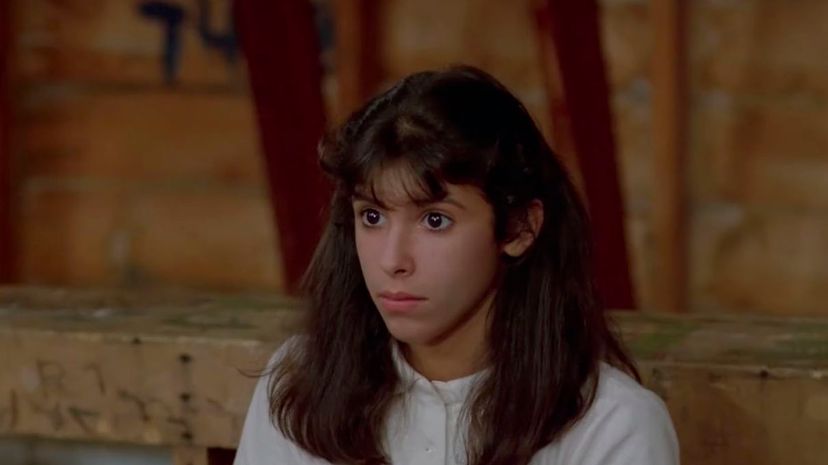
Angela is the villain of the cult-classic slasher flick "Sleepaway Camp." The twist ending of the movie is one of those things that absolutely blows audiences away when they see it for the first time. We're not going to spoil it here, though.
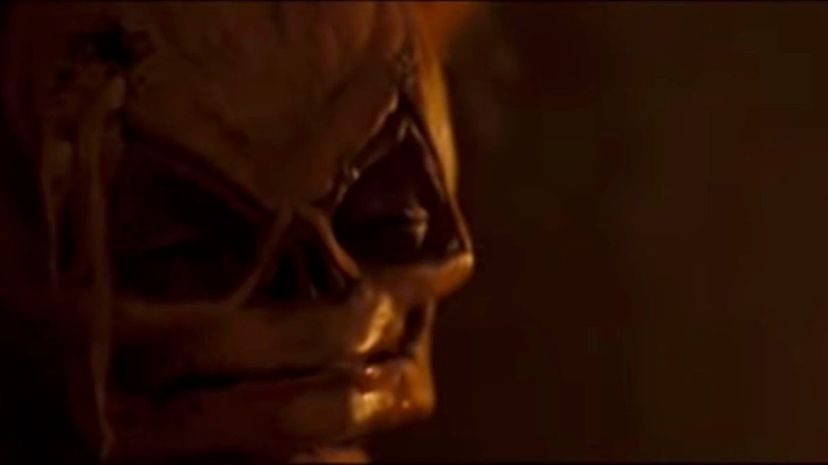
From the cult classic "Trick r' Treat," Sam is just a little guy looking to have fun on Halloween who's also sort of a pumpkin-headed monster kid who will kill you if he can. Most of the actors in the movie who played children were actually little people because the schedule was a bit too rough for actual children to handle.
Advertisement
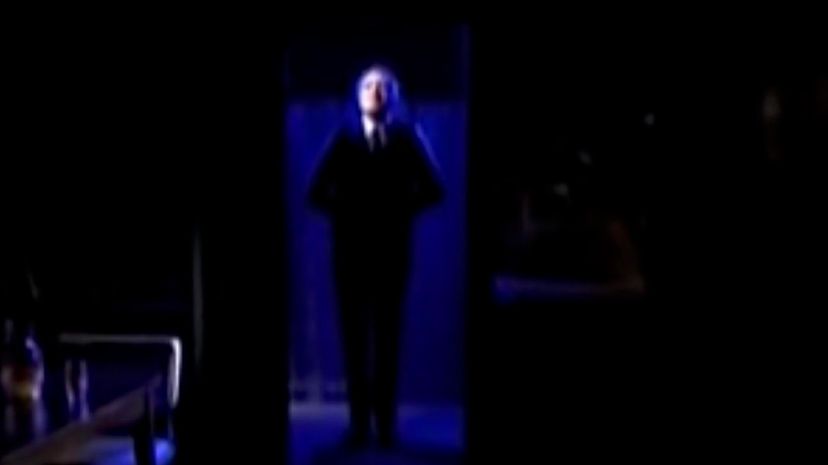
The Tall Man was the main villain in Don Coscarelli's "Phantasm" series. The first movie came out in 1979, and the 5th was made in 2016. The movies have a pretty impressive fan base, including director J.J. Abrams, who named Captain Phasma from "Star Wars" after the movies.

"The Babadook" was a mix of psychological horror and monster movie in which you're never fully sure if the monster is even real. The film was very cleverly edited for some scenes, as the young actor in the movie was never actually on set when the mother character was abusing him; it was just made to look like he was there.
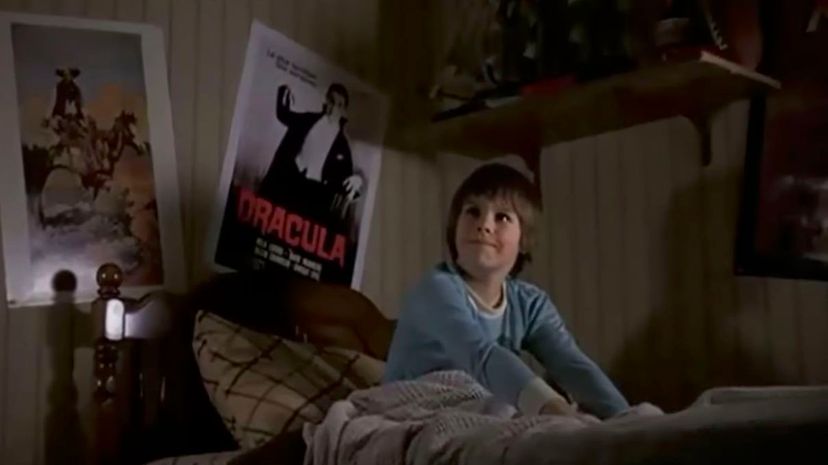
"Creepshow" was an anthology of short stories, but one of the most popular was the one called "The Crate" and featured the nameless "thing in the crate." In fact, the monster did have a name, at least on set. Director George Romero called it "Fluffy."
Advertisement
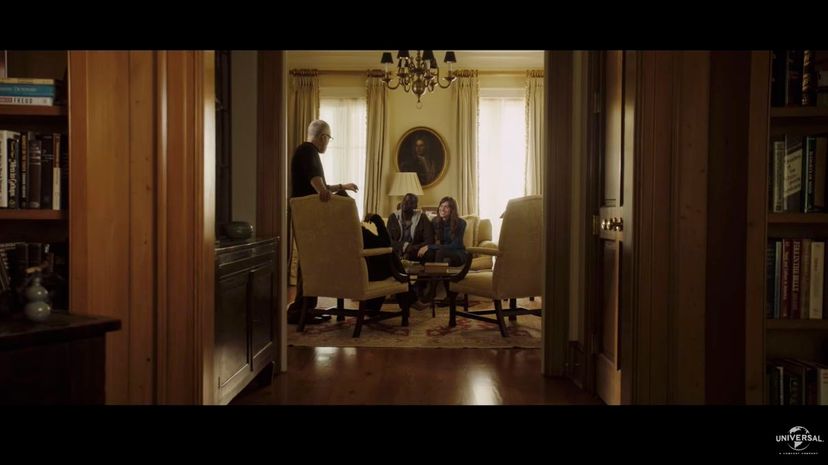
The Armitage family were the sinister clan in Jordan Peele's "Get Out." They manage to swap their minds into the minds of others in this racially charged madhouse of a film that ended up being one of the most popular horror movies ever made.